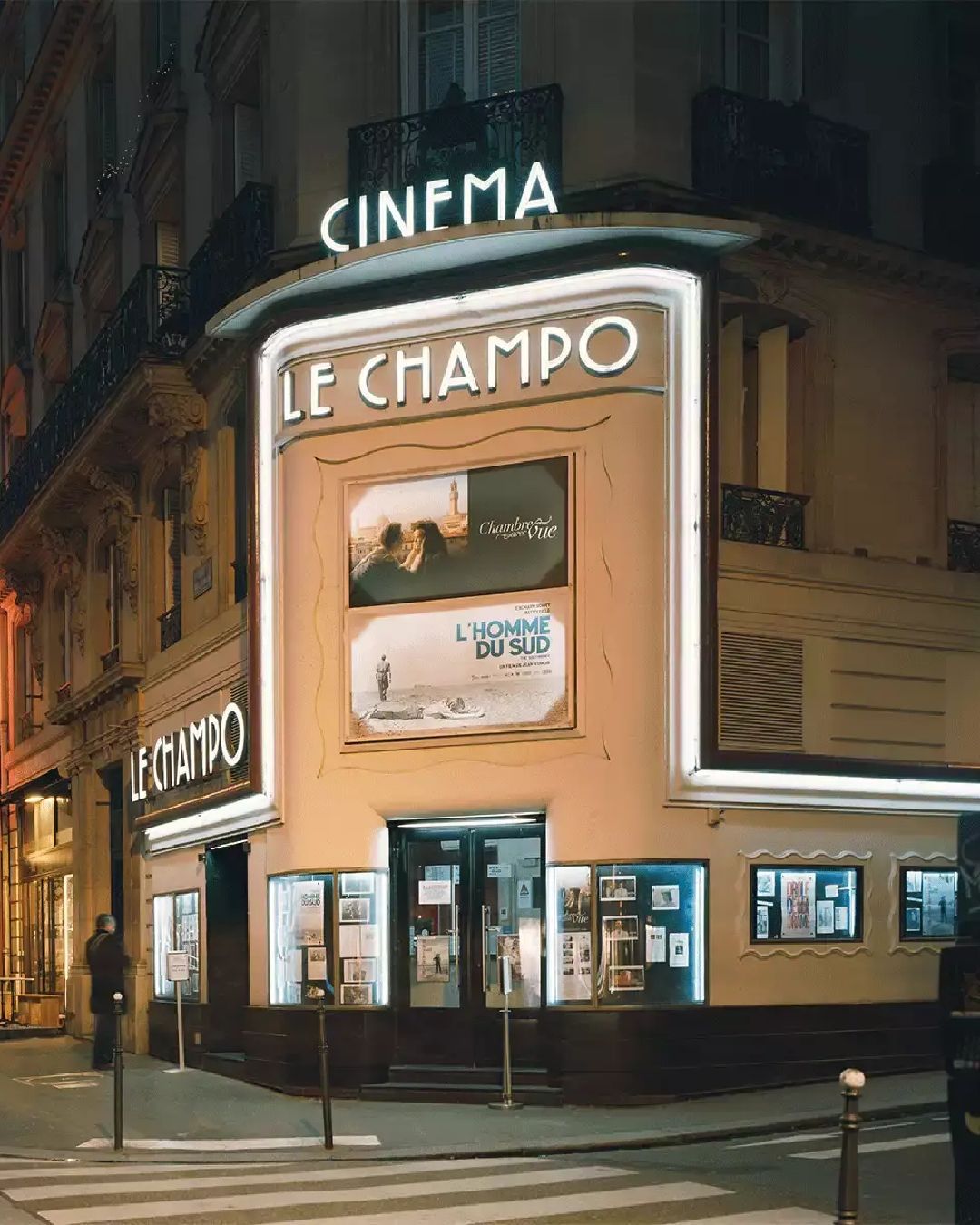
The paradox of French cinemas From the closure of iconic cinemas to a resurgence in popularity
Despite the challenges posed by the Covid-19 pandemic in previous years, 2023 was a very successful year for French cinema. Movie theaters experienced remarkable attendance with 181 million admissions, thus demonstrating a regained vigor, with a significant increase of 18.9% compared to the previous year. A progression that marked a rebound after three rather tumultuous years. However, behind this generally positive picture lies a striking paradox. Alongside this overall revitalization of the industry, several iconic film institutions were forced to permanently close their doors. These closures, far from insignificant, raise questions about the trends and challenges facing the French film industry, as well as the implications of these closures for the country's cultural landscape.
The lifting of sanitary restrictions in cinemas, which occurred on March 14, 2022, marked a crucial turning point for the French film industry. After a prolonged period of closure and constraints, this lifting represented a long-awaited return to normalcy for cinemas, thus instilling in audiences the confidence needed to rediscover the pleasure of the big screen. However, despite this resurgence, it is important to note that attendance at dark rooms remains below pre-pandemic levels. On average, between 2017 and 2019, the number of admissions was 207.9 million, highlighting a substantial gap despite the observed rebound. The diversity of films offered in French cinemas also contributed to attracting the audience. In addition to the traditionally popular American blockbusters, the year 2023 saw the success of several French productions, some of which exceeded 4 million admissions. Among these successful films are "Astérix et Obélix: L'empire du milieu", "Alibi.com 2", "Les Trois Mousquetaires", "Tirailleurs", and "Anatomie d’une chute". This variety of works, ranging from comedies to action films to dramas and auteur films, has helped meet the various tastes and preferences of the French audience. Similarly, faced with increasing competition from streaming platforms, cinema operators have redoubled their efforts to attract audiences. Initiatives such as loyalty programs, special screenings, thematic events, and premieres have been organized to offer audiences a unique and attractive cinematic experience. This proactive strategy has helped strengthen the appeal of cinemas and encourage the public to return in numbers, despite the alternatives available online.
While the renewed enthusiasm of the public for the big screen has been a boon for many theaters, other obstacles have not failed to shake some establishments, unable to keep up with the rapid pace of evolving audience consumption habits. The recent closure of iconic cinemas such as the Gaumont Champs-Élysées Marignan and Le Bretagne in Montparnasse is proof of this. Despite the resurgence in theater attendance, they have nevertheless had to close their doors due to multiple factors. Take the case of the Gaumont Champs-Élysées Marignan, inaugurated in 1933, whose long history and undisputed reputation were not enough. Like many, real estate pressure and architectural constraints exerted a considerable weight on its survival. Located on one of the most famous avenues in the world, transforming this building into a modern cinema complex would have required significant investments, both to renovate existing infrastructure and to meet contemporary technological standards. However, these high costs would have been difficult to offset with cinema admission revenues, especially in a context where theater attendance is confronted with increasing competition from streaming platforms. Faced with such challenges, operators of these cinemas faced a complex dilemma: invest heavily in modernizing facilities to remain competitive or succumb to real estate pressures and close permanently. Additionally, over the years, cinemagoers have changed their habits, preferring to frequent cinemas that are better equipped and located in more dynamic neighborhoods. In contrast to these traditional establishments, there has been the emergence of new, more modern cinemas better suited to audience expectations. They have leveraged new technologies to offer unique cinematic experiences, with IMAX screens, Dolby Atmos audio systems, and 3D screenings. Additionally, their strategic location in dynamic and frequented areas has reinforced their attractiveness, allowing audiences to combine their cinema outing with other leisure or shopping activities.
This paradox underscores the crucial importance of finding innovative solutions to preserve the richness and diversity of the French cinematic landscape while facing the challenges of a constantly evolving market. To ensure its sustainability, the entire film industry must consider strategies of collaboration, adaptation, and innovation. Some cinemas have already adopted new approaches, such as diversifying their programming with special events, screenings of classic films, and festivals. Others partner with local cultural institutions, schools, and businesses to organize special events, thus strengthening their community ties and increasing their base of loyal customers.










































